#architecture heritage
Explore tagged Tumblr posts
Text


Barns in the Yorkshire Dales, England.
#Barn#Building#Architecture#Thatch#Heritage#Wanderlust#Explore#Landscape#Scenery#Country#Countrycore#English Countryside#Farm#Farmcore#Cottagecore#Cottageblr#Field#Fieldcore#Hills#Green#Stone Wall#Aesthetic#Photography#Warmcore#Cozy#Grandmacore
1K notes
·
View notes
Text
instagram
#Instagram#irrazabal studio#irrazabal#architecturephotography#architecture#coruña#galicia#spain#architecture heritage#marina#casa molina#andres irrazabal#andres-irrazabal#irrazabal_studio
1 note
·
View note
Text

Frank Lloyd Wright's Fallingwater (1935)
photo: David Castenson
673 notes
·
View notes
Text

Interiors of Amer Fort in Jaipur, India depicting murals with a flowering plant motif.
#ots#amer fort#jaipur#rajasthan#india#indian architecture#mughal architecture#desi tag#desi tumblr#desiblr#heritage tourism
9K notes
·
View notes
Text

Beautiful morning 🌿
Cairo, Egypt 🌻
#يوميات بنت إسمها ش#مصر#egypt#photography#thisisegypt#art#masterpiece#cairo#shaimaa fekry#palm trees#history#heritage#culture#islamic#mosque#architecture
1K notes
·
View notes
Text

Leliūnai. 2023
372 notes
·
View notes
Text

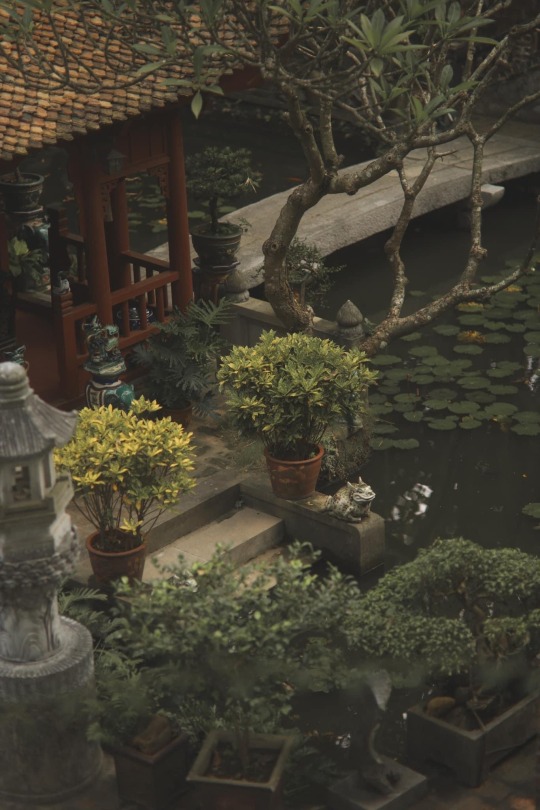
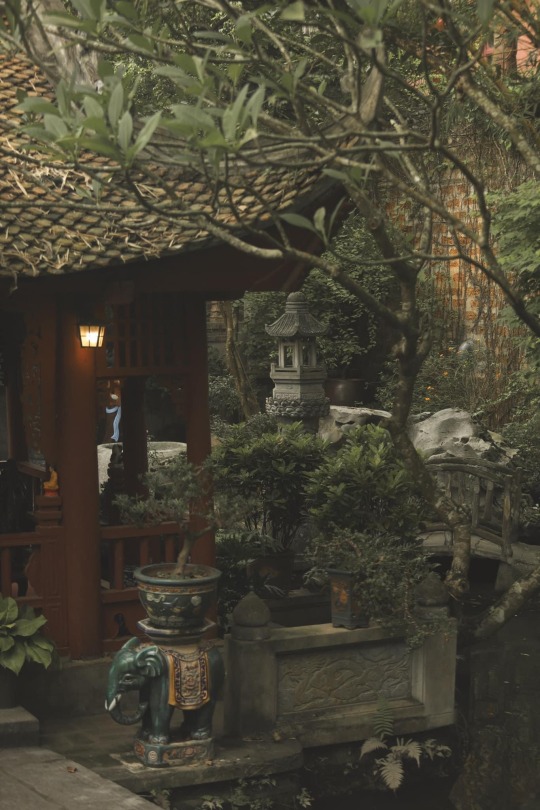
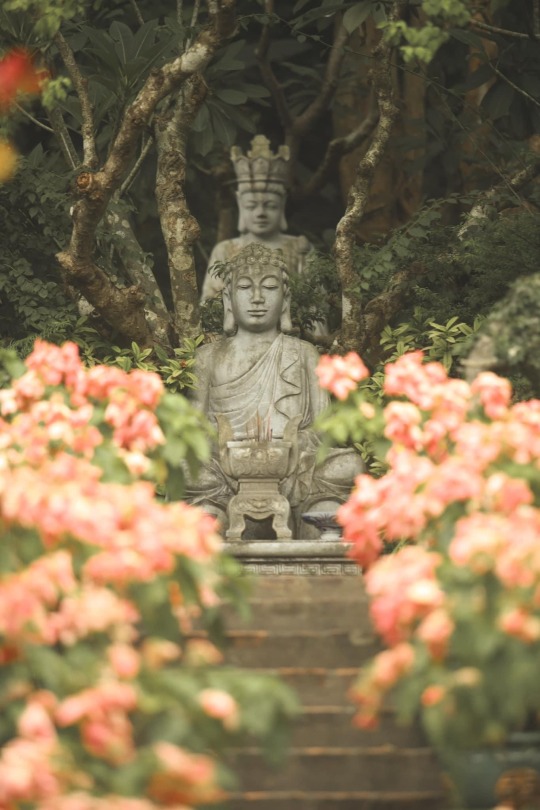
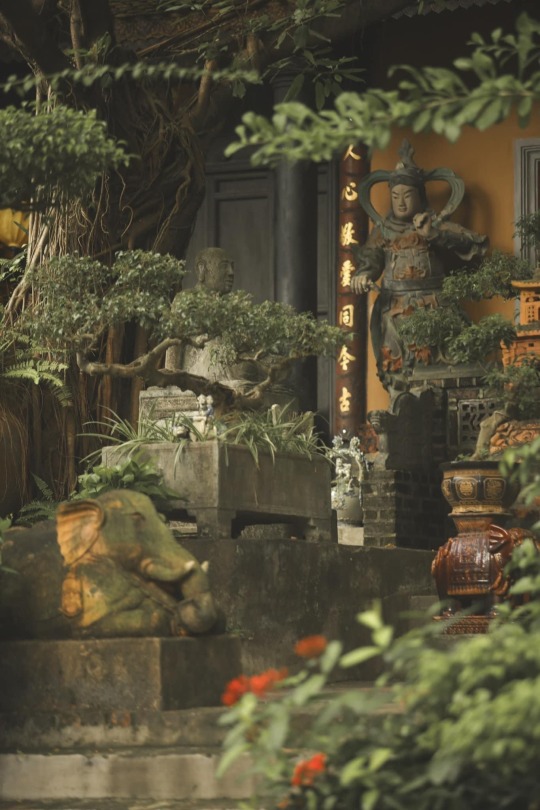
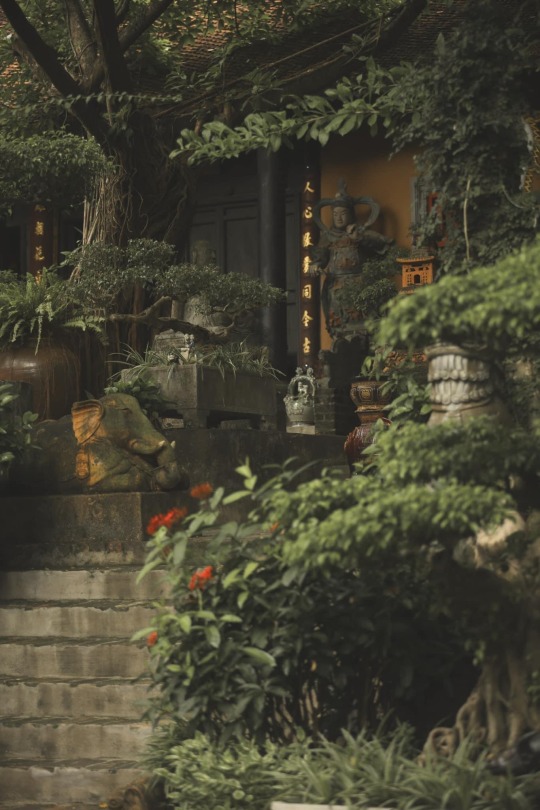

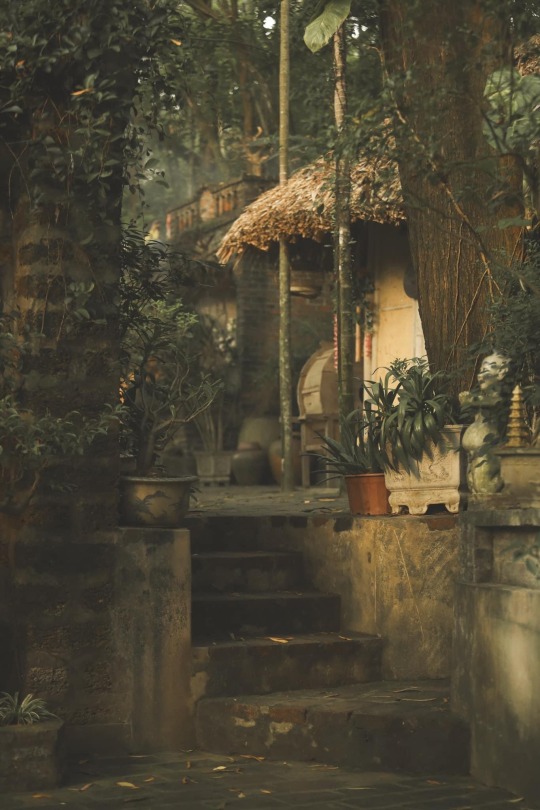
Việt Phủ Thành Chương, Hanoi, Vietnam. Credit to Hoang Anh.
#vietnam#vietnamese#culture#history#sinosphere#travel destinations#travel#hanoi#heritage#museum#restored#traditional#traditional architecture#lotus pond#garden#antiques#traditional art#traditional arts#art
2K notes
·
View notes
Text
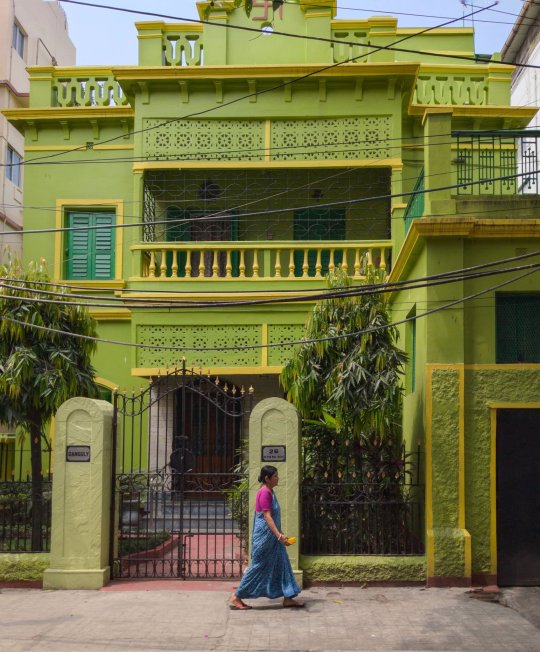
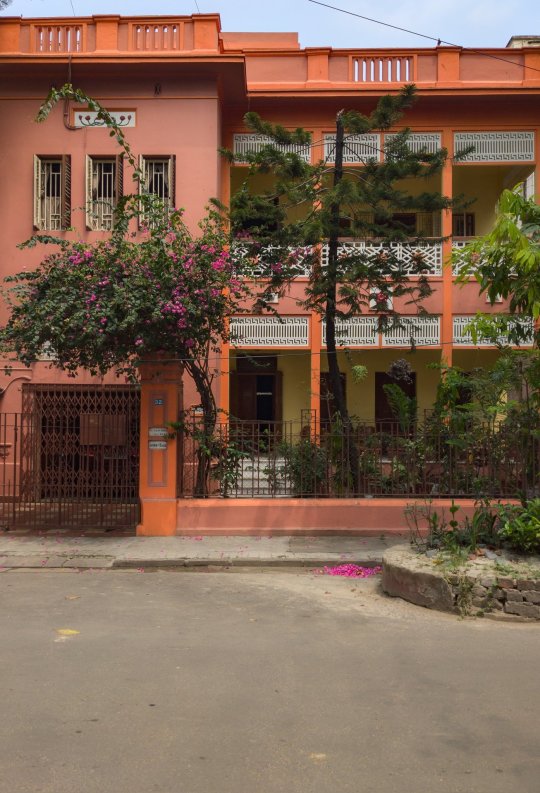
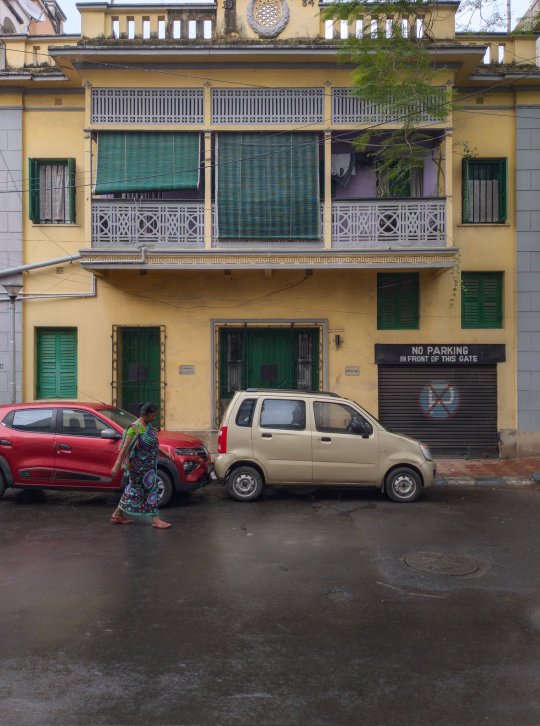
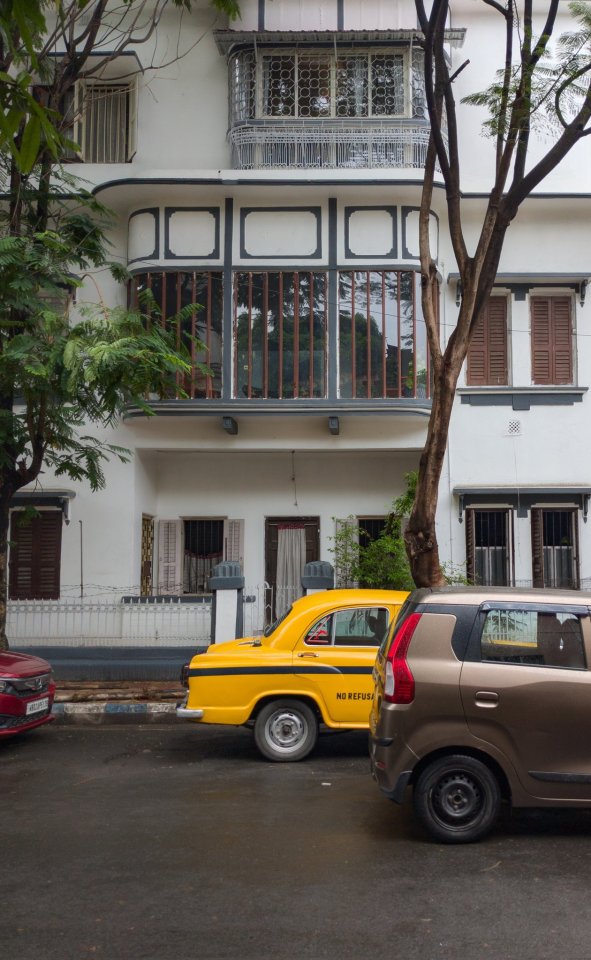
PRETTY DESI HOUSE 🤌🏼🏡
#desiblr#desi tumblr#indian aesthetic#indian culture#desi shit posting#desi tag#being desi#desi aesthetic#desi#desi academia#indian architecture#house#light academia#beautiful pictures#beautiful place#twitter stuff#indian heritage#vintage#hindublr#street photography
419 notes
·
View notes
Text

Palacio Nacional de Mafra / Portugal (by Suzanne Tucker).
#portugal#visit portugal#mafra palace#architecture#baroque#royal palace#lusitania#unesco heritage site
1K notes
·
View notes
Text






November 2024
On the bridge of the abandoned children's railway✨️
На мосту заброшенной детской железной дороги✨️
#noseysilverfox#photography#architecture#quiet place#nature#autumn#bridge#abandoned places#soviet heritage#old bridge#photoblog#original photography blog#original photography#native plants#plants#moments#naturecore#фотоблог#природа#заброшенное#старый мост#тихое место#архитектура#советское наследие#��астения#на природе#осень 2024#русский tumblr#турумбочка#landscape
170 notes
·
View notes
Text








Shuanglin Temple 双林寺 is a 6th century Buddhist temple in Shanxi province, China.
It’s a UNESCO World Heritage site, and is protected by the state administration.
The temple was featured in the 2024 game “Black Myth: Wukong”
#china#chinese architecture#chinese#🇨🇳#chinese heritage#han chinese#Buddhism#chinese buddhism#Buddhist temple#chinese temple#Buddha#sun wukong#black myth wukong#Shanxi#northern qi dynasty#northern qi#journey to the West#jttw#architecture#east asia
123 notes
·
View notes
Text

Kexby Bridge, North Yorkshire, England.
Built 1650, now closed to traffic bar walkers and cyclists since 2017 when major defects were found.
#Bridge#Bridges#Structure#Architecture#Stone#Heritage#River#Riverscape#Water#Watercore#Waterscape#Travel#Places#Landscape#Country#Countrycore#English Countryside#Nature#Naturecore#Warmcore#Grandmacore#Photography#Aesthetic#Scenic#Earthcore
173 notes
·
View notes
Text
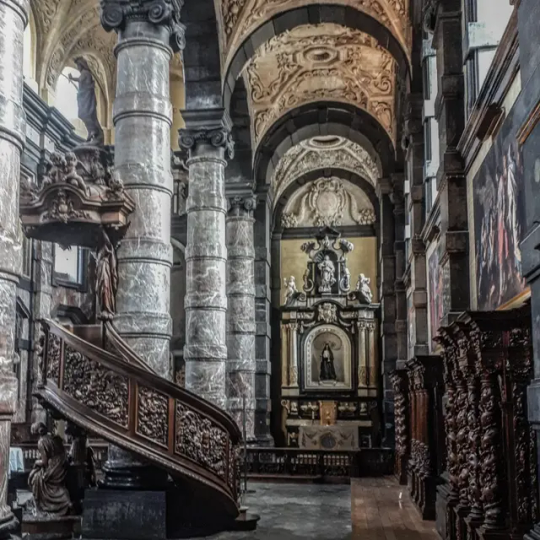
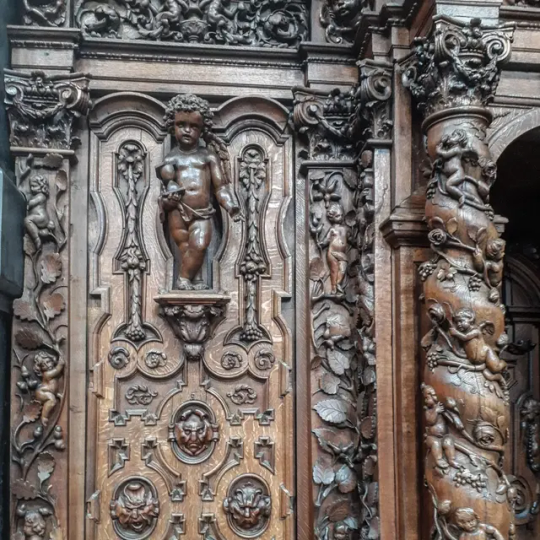


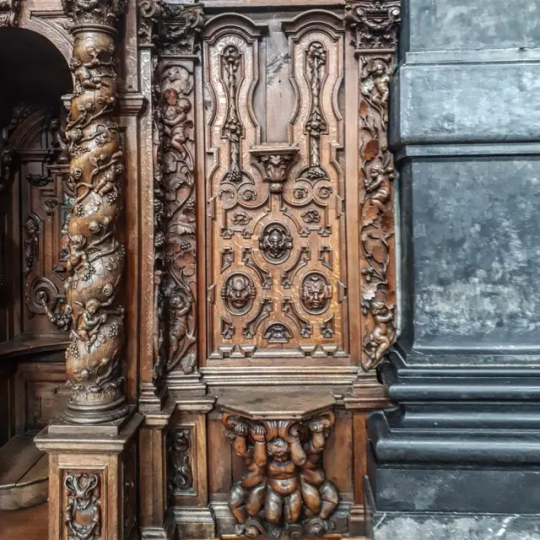
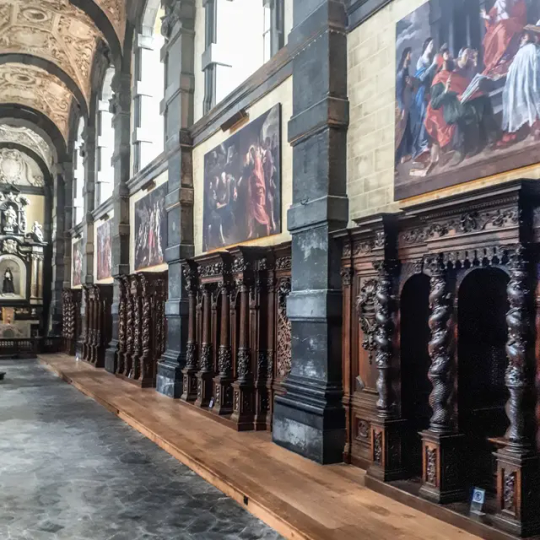
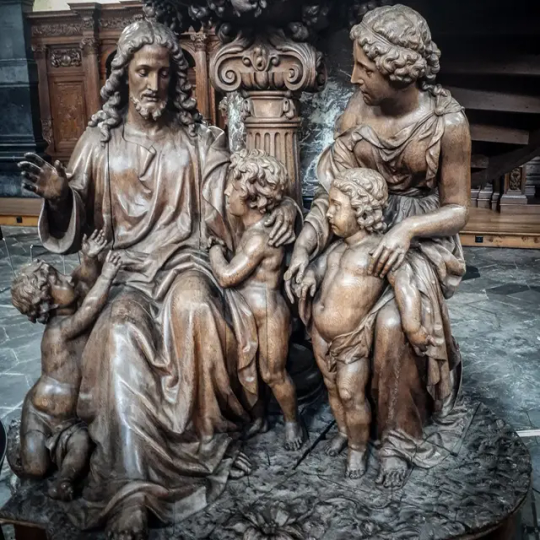
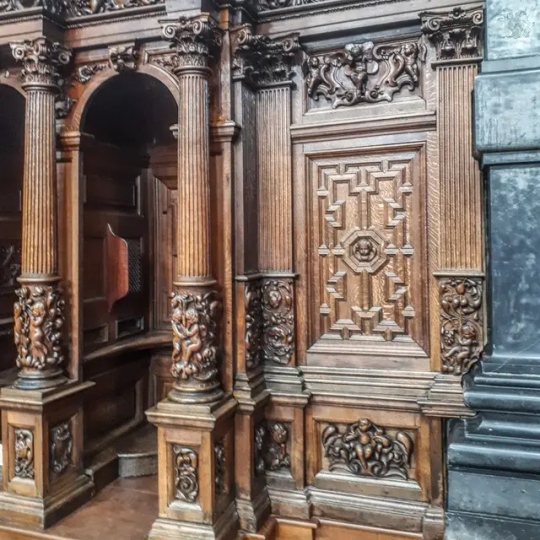
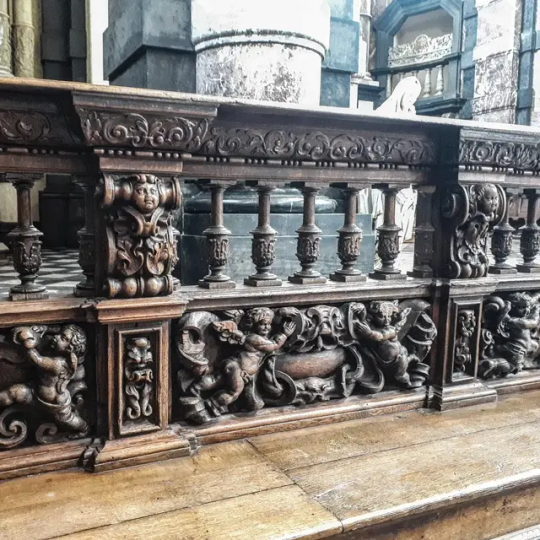

In the capital of Wallonia (the French speaking southern part of Belgium) you can find this amazing interior in Flemish baroque style of the Saint-Lupus Church (Église Saint-Loup).
It is one of the most important Baroque churches in Belgium and was built by the Jesuits between 1621 and 1645. Initially it was called Saint Ignatius Church (église Saint-Ignace), and served the adjacent Jesuit college. Today, this church is also used for concerts in addition to worship services.
After their arrival in the 17th century, the Jesuits took over a small college which they enlarged. Afterwards they built a church adjacent to this college, which was dedicated to Saint Ignatius, the founder of the Jesuit order. Pieter Huyssens (° Bruges, 1577, † Bruges, 6-6-1637), a Flemish Jesuit, architect and Baroque master, designed this church. Nevertheless, he did not live to see its completion: even at the start of the construction works, there appeared to be insufficient funds for immediate completion. Although the rector of the college regularly called for donations, the activities slowed down: they were forced to be spread over the period from 1621 to 1641. The architect himself died earlier: in 1637. After the completion of the church, it was finally consacrated.
#namur#namen#churches#church#eglise#igreja#iglesia#chiesa#kirche#belgium#belgie#belgica#belgique#church interior#ars sacra#wallonie#wallonia#patrimoine#heritage#baroque architecture#baroque#barok#barocco#religion#catholic#flemish#wood sculpture#wood#wood paneling#wood carving
175 notes
·
View notes
Text
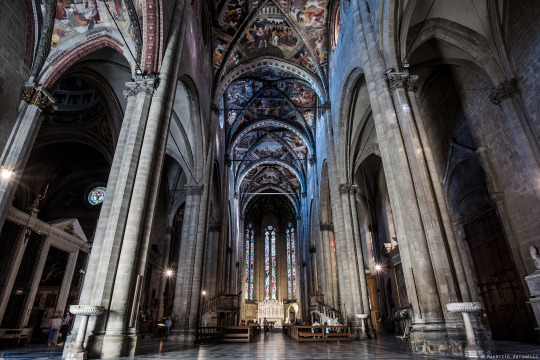

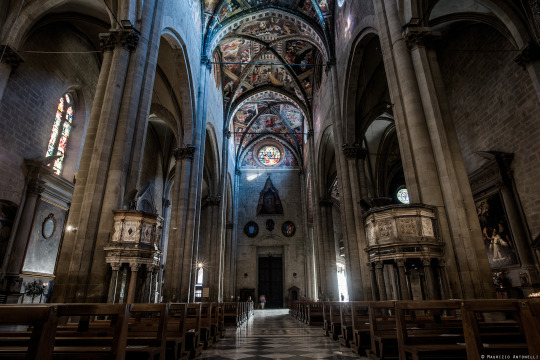

October 1, 2023
Cattedrale dei Santi Pietro e Donato (Arezzo, Italy)
© Maurizio Antonelli
#photography#ph maurizio antonelli#cathedral#gothic architecture#gothic church#italian heritage#italian history#13th century#arezzo#tuscany#italy#gothic mood#dark atmosphere#dark photography#ademater personal selection blog
862 notes
·
View notes
Text







Walls of Palace of the Governor in Ҳулбук / Hulbuk / Khulbuk ( Tajikistan )
#photooftheday#travelphotography#adventure#aroundtheworld#silk road#marco polo#pickoftheday#explore#palace#travel#discovertajikistan#tajikistanculture#history#ancient#fortress#heritage#architecture#pamir highway#castle#tajikistantravel#tajikistan#old castle#hulbuk#tajikistanhistory#central asia
134 notes
·
View notes
Text










Beautiful morning 🍂
Barqouq mosque 🌿🕊️
#يوميات بنت إسمها ش#egypt#مصر#photography#thisisegypt#art#masterpiece#cairo#shaimaa fekry#islamic#islamic architecture#architecture#travel#history#heritage#culture#mosque#details#old city
306 notes
·
View notes